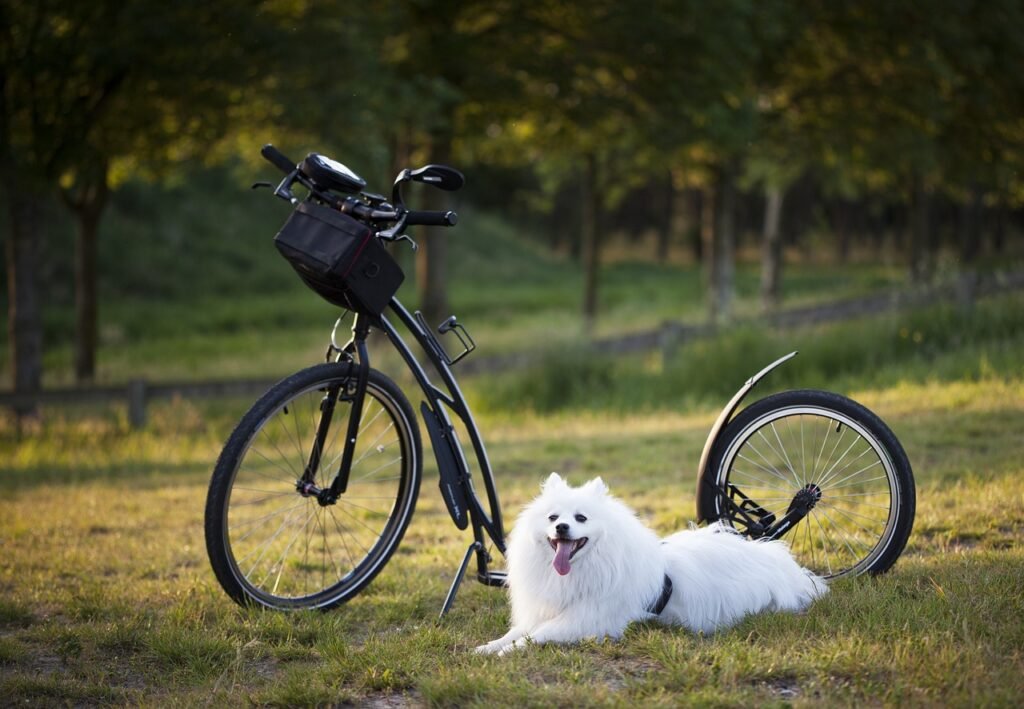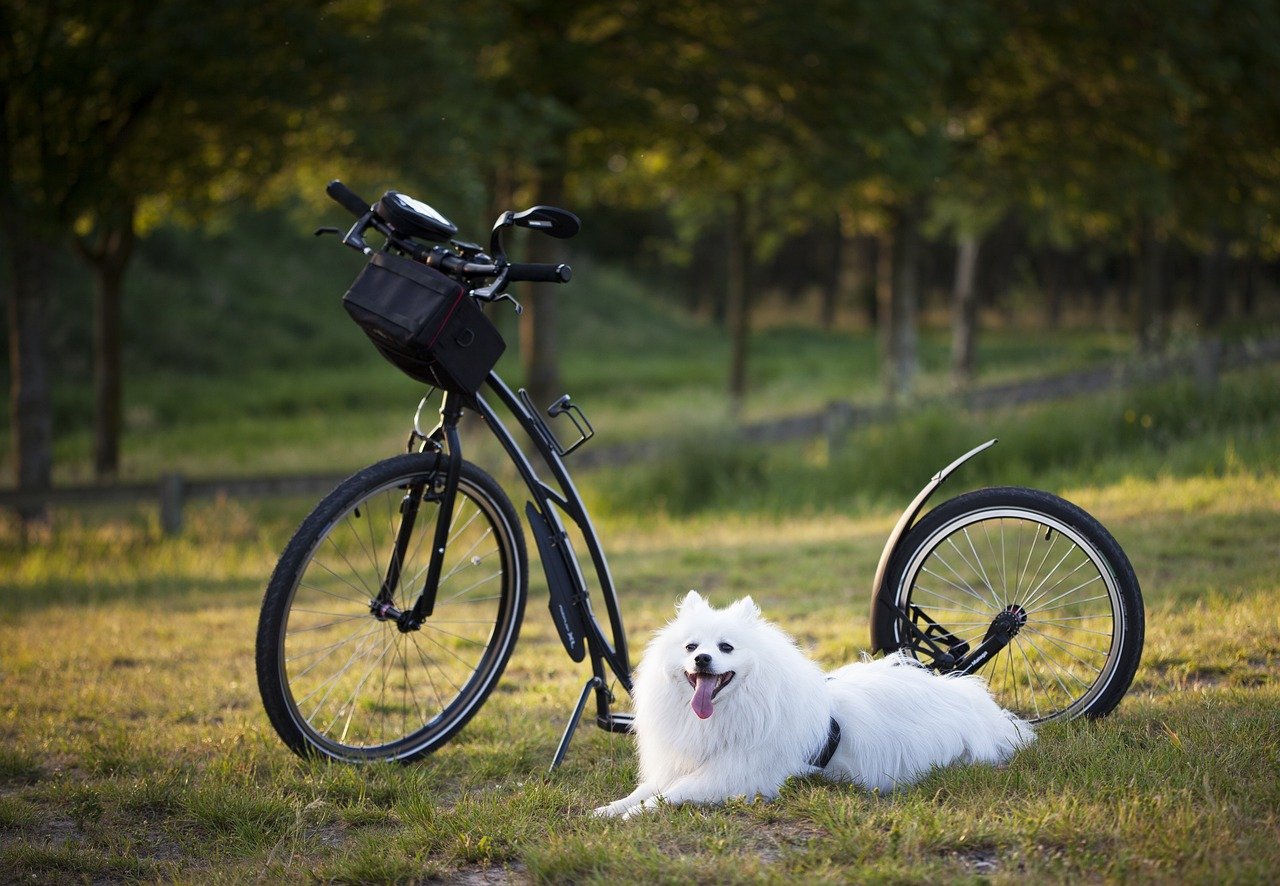If you’re a first-time dog owner and considering crate training, you’ve come to the right place. Crate training can be a beneficial and effective way to provide a safe and cozy space for your furry friend, whether it’s for potty training, travel, or creating a sense of security. However, this new experience can be daunting for both you and your pup. In this article, we will share some helpful advice and tips to make the process of crate training a positive and successful experience for both you and your furry companion.
Choosing the Right Crate
When it comes to crate training your dog, one of the first things you’ll need to consider is the size of your furry friend. The crate should be large enough for your dog to stand, turn around, and lie down comfortably. You don’t want it to be too small and cramped, as this can cause your dog to feel anxious and confined.
In addition to size, it’s important to choose a crate that is durable and well-ventilated. This will ensure that your dog stays safe and comfortable inside the crate. Look for crates made of sturdy materials that can withstand your dog’s potential chewing habits. Good ventilation will help keep your dog cool and prevent the crate from becoming stuffy or uncomfortable.
Another important feature to look for is a crate with a removable tray. This makes cleaning the crate much easier and more convenient. Accidents happen, and being able to easily remove and clean the tray will help maintain a hygienic and odor-free environment for your dog.
Introducing the Crate
Once you have chosen the perfect crate for your dog, it’s time to introduce them to their new cozy den. It’s essential to place the crate in a familiar and comfortable area of your home. Dogs thrive on routine and familiarity, so finding a spot where your dog feels safe and secure is crucial.
To make the crate more inviting, add some bedding and toys. Soft blankets or a comfortable dog bed can make the crate feel like a cozy retreat for your furry friend. Toys can help keep your dog entertained and distracted while they are in the crate.
When introducing your dog to the crate, it’s important to do so gradually. This allows them time to adjust and feel comfortable in their new space. Leave the crate door open and allow your dog to explore it at their own pace. You can entice them with treats or toys to encourage their curiosity and positive association with the crate.

This image is property of pixabay.com.
Creating a Positive Association
To ensure that your dog views the crate as a positive and welcoming space, it’s important to use treats and praise when they enter the crate. This positive reinforcement helps your dog understand that going inside the crate is a good thing and can result in rewards.
Another effective way to create a positive association is to feed your dog their meals near the crate. This will help your dog associate the crate with something enjoyable and rewarding. Slowly move the food bowl closer to the crate over time, until your dog is comfortable eating their meals inside the crate.
In addition to treats and meals, associate the crate with positive experiences. You can give your dog their favorite chew toy or a special treat that they only get when they are in the crate. This will make the crate a place that your dog looks forward to spending time in.
Establishing a Routine
Establishing a routine is crucial when crate training your dog. Set a schedule for crate time, including both daytime and nighttime. Dogs thrive on predictability, so having a consistent routine will help them feel secure and comfortable in their crate.
To signal crate time to your dog, use a cue word or phrase that they can associate with going inside the crate. It can be something as simple as “crate time” or “bedtime.” Use this word or phrase consistently, and your dog will quickly learn what it means and respond accordingly.
Regular exercise and bathroom breaks are also important aspects of a successful crate training routine. Make sure to take your dog for a walk or engage in playtime before placing them in the crate. This will help them burn off excess energy and also ensure that they have relieved themselves before crate time.

This image is property of pixabay.com.
Leaving Your Dog in the Crate
Leaving your dog in the crate can initially be challenging for both of you. Start by leaving your dog in the crate for short periods of time, gradually increasing the duration as they become more comfortable. This will help prevent your dog from feeling overwhelmed or anxious when left alone in the crate.
Before leaving your dog in the crate, make sure they are comfortable. Ensure that they have fresh water available and any necessary comforts, such as bedding or toys. Additionally, take your dog for a bathroom break before crating them to avoid any accidents inside the crate.
Dealing with Whining or Barking
Some dogs may exhibit whining or barking behavior when first introduced to the crate or when left alone in it. It’s important to avoid reinforcing this behavior by not responding to the whining or barking. As tempting as it may be to comfort your dog, doing so will only reinforce the belief that whining or barking will get them attention.
Instead, focus on teaching calming techniques to your dog. This can include providing them with a stuffed toy or a puzzle toy that requires mental stimulation. These activities can help distract and calm your dog in their crate.
If issues with whining or barking persist, it may be beneficial to consult a professional dog trainer or behaviorist. They can provide personalized guidance and support to help you and your dog overcome any challenges during crate training.

This image is property of pixabay.com.
Avoiding Crate as Punishment
It is crucial to never use the crate as a form of punishment for your dog. Crate time should be associated with positive experiences and a safe space for your furry friend. If your dog begins to associate the crate with punishment, they may become fearful or resistant to enter it.
To create a positive association, provide alternative means of discipline for your dog. Positive reinforcement training methods, such as rewarding good behavior and redirecting unwanted behavior, can be highly effective. By focusing on positive reinforcement, you can foster a strong bond of trust and understanding between you and your dog.
Making the Crate a Safe Space
Your dog’s crate should be a comfortable and secure haven for them. Ensure that the crate is equipped with soft bedding or a cozy dog bed to provide maximum comfort. The crate should also be well-ventilated, allowing fresh air to circulate and prevent overheating.
To create a calm and quiet environment, place the crate in an area of your home that is away from high-traffic areas or noisy machinery. This will help minimize distractions and allow your dog to relax while in their crate.
Remember, it’s essential to avoid forcing your dog into the crate. Trust and positive association take time to develop. Allow your dog to enter the crate voluntarily, using treats and praise to encourage their interest. Forcing your dog into the crate can cause anxiety and create negative associations.
Gradually Increasing Alone Time
As your dog becomes more comfortable in their crate, you can gradually increase the time they spend alone in it. Practice leaving your dog for short periods, starting with just a few minutes and gradually building up. This will help your dog develop confidence and independence when confined to the crate.
During this alone time, pay attention to your dog’s behavior. Monitor for signs of anxiety or distress, such as excessive panting, pacing, or whining. If you notice any concerning behaviors, it may be necessary to slow down the progression and continue with shorter periods of alone time until your dog feels more secure.
Seeking Professional Guidance
If you encounter any specific challenges or have concerns about crate training your dog, it’s always a good idea to seek professional guidance. Consult a professional dog trainer or behaviorist who can provide personalized advice tailored to your dog’s needs. They will have experience dealing with a wide range of issues and can help you navigate through the crate training process with confidence.
Remember, crate training is a gradual process that requires patience and consistency. With the right crate, positive reinforcement, and a routine that suits your dog’s needs, you can help them develop a positive association with their crate and create a safe space that they love and enjoy.
